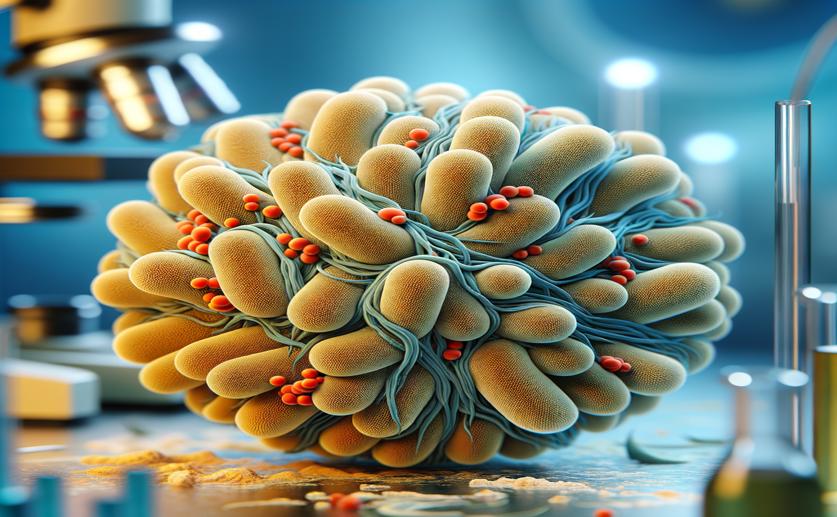
Genetically Designed, Noise-Resistant Plant Hormone Sensors in Yeast
Jim Crocker
29th August, 2024

Image Source: Natural Science News, 2024
Key Findings
- Researchers at Virginia Tech developed new biosensors to measure auxin levels in yeast
- These biosensors provide precise measurements of auxin production across different growth conditions
- Understanding auxin signaling in fungi can improve sustainable agriculture by enhancing plant-microbe interactions
References
Main Study
1) Genetically Encoded, Noise-Tolerant, Auxin Biosensors in Yeast.
Published 28th August, 2024
https://doi.org/10.1021/acssynbio.4c00186
Related Studies
2) Auxin regulates functional gene groups in a fold-change-specific manner in Arabidopsis thaliana roots.
3) Evolution of nuclear auxin signaling: lessons from genetic studies with basal land plants.
4) Auxins of microbial origin and their use in agriculture.



 22nd June, 2024 | Greg Howard
22nd June, 2024 | Greg Howard